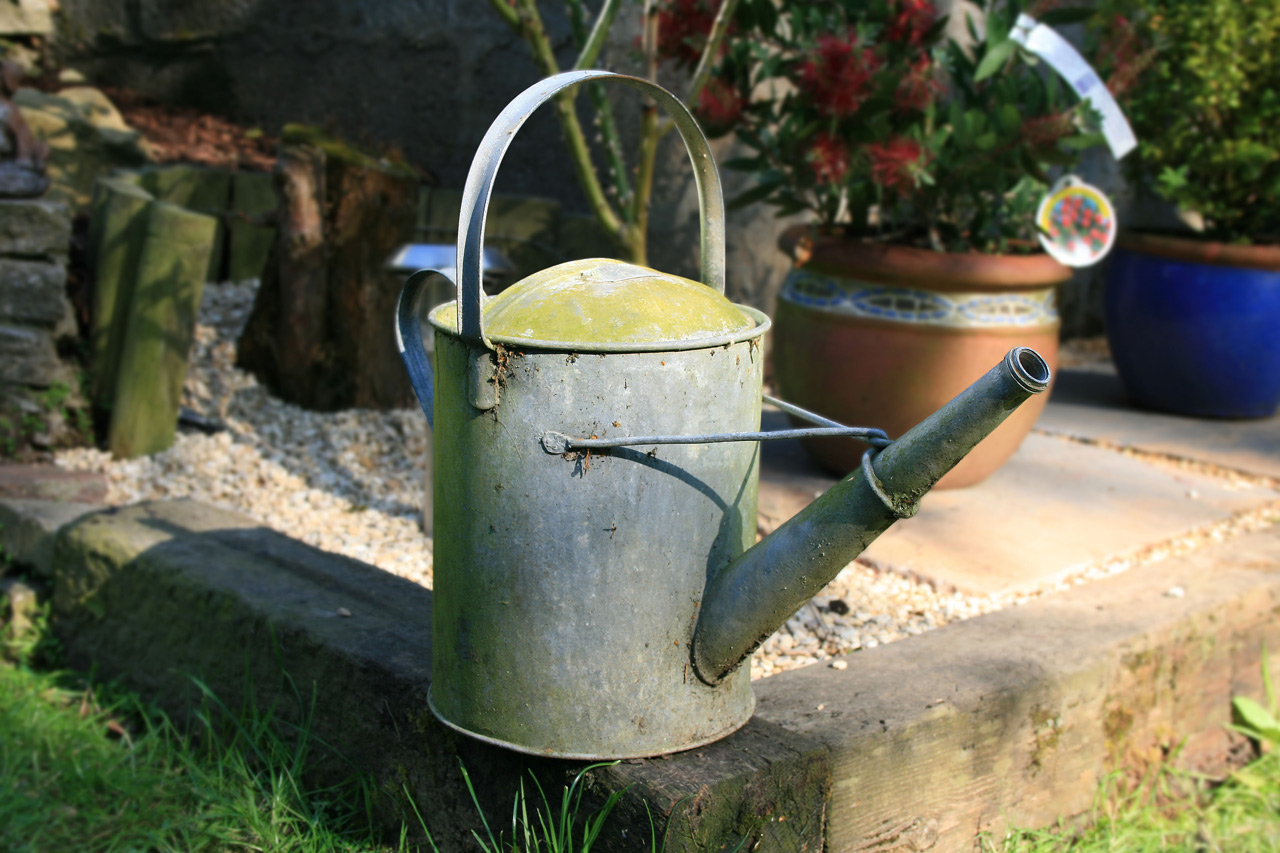St. Teresa of Avila was convinced that we, through grace, are meant to dwell with God here and now. She was a superb teacher of prayer and assured beginners or those who
practiced prayer regularly that the desire to feel God’s presence is itself a strong form of prayer. Teresa, in the famous “Four Waters of Prayer” found in her autobiography, describes for us four stages of prayer, thereby providing a model for how to begin, how to restart in prayer, and how to persevere as we are led by God’s own initiative to a more intimate relationship with God.

Teresa describes beginners to the practice of prayer as becoming “servants of love” who are setting out to make a garden for the Lord. The garden is provided by the Lord with unfertilized soil and with an abundance of weeds. With the Lord’s help the gardener must make the plants grow, water them carefully, and make sure the flowers do not die. The flowers of the garden are the virtues of our souls. She describes four ways to water the garden, each one illustrating the work and labor it will cost the loving servant to experience union with God. In the first stage the gardener must draw water from a well, an endeavor that requires great effort. The second stage requires less work for the gardener as a water wheel and buckets powered by a windlass is provided. The third way is from a stream or spring which leaves the ground moisturized and requires little toil by the gardener. In the fourth way, the garden is watered by the Lord with a heavy rain while the gardener rests.

The beginner goes back and forth, fetching water from the well to water the garden. Sometimes there is no water in the well to fetch, but the beginner persists anyway because even one drop of water will help the garden grow. Teresa also encourages beginners in prayer to be persistent in making time for silence, solitude, and meditating on the life of Christ because it moves us towards compassion. Teresa is aware of the struggles that a beginner will face, and she emphasizes the importance of patience at times when God leaves the well dry. She says: “be glad and take comfort, and consider it the greatest favor that he is working in the garden of so might an Emperor.” She explains that even when consolation is not evident, one should continue to work in the garden, for our persistence is pleasing to God. Shirley Boulay, in her book titled Teresa of Avila, writes about this stage of prayer saying: “The beginner should be humble, asking little and being wary of elation. He must be content that he has the desire for growth.” She offers much advice for those beginning with prayer, emphasizing patience, persistence, and humility, while reminding us that “He (God) grants us a desire to dig in his garden;” and so we must trust in God to provide the water needed for the garden. Before moving to the second stage, Teresa advises that there is no state of prayer so high that it is not necessary to return often to the way we began.
In the second stage of prayer, the water wheel and buckets powered by the windlass provide more water at a faster pace. More water is provided for the garden to grow, and the soul more clearly recognizes the grace of God. Teresa calls this stage: “the prayer of quiet.” Boulay says: “Teresa uses this stage of her analogy to describe the beginning of true contemplation.” Some work is still necessary and the consolation is greater than in the previous stage. God communicates God’s self to the soul and the soul loses desire for earthly things. Here the memory and imagination play a role in helping us to enjoy the great blessings. These faculties can, however, begin to become a distraction, which is why Teresa advises that the beginner deal with them carefully. Teresa also emphasizes the importance of pruning away all that is unnecessary so the plants can grow. One must cleanse the soul, just as a gardener must prune the plants and pull the weeds, to help the plants grow. The soul may experience times of trial here, as it may seem that the Lord has left the garden dry. To which she says: “We must realize that if God withholds the water of grace, no work is enough.” Quietness and humility in prayer will lead to the flowers growing again.

She speaks then of the third stage, where the garden is watered by a stream or spring that flows into the garden, keeping the ground moist for healthy plants to grow. God is the active agent here, watering the garden and pleased to do so. Teresa explains: “The pleasure, sweetness and delight are incomparably more than in the previous state.” Boulay clarifies that this is not perfect union with God, although it is nearly. Of Teresa she writes: “The distinction, she eventually decided, was that in this third stage the faculties are not so absorbed as to cease entirely from action, but at least they only concern themselves with the things of God.” Thus, at this stage Teresa encourages us to rest in the presence of God, as is God’s will.

Finally, Teresa describes the fourth stage of prayer by which the soul is led by God toward a complete state of bliss. The garden is watered by a heavy rain, and the gardener can only watch the flowers grow and delight in the joy that the Lord has provided. The fourth stage is one of perfect union with God, about which Teresa cannot say enough. After experiencing this stage of prayer, Teresa says the Lord described for her the current state of her soul: “It dissolves utterly, my daughter, to rest more and more in me. It is no longer itself that lives; it is I. As it cannot comprehend what it understands, it understands by not understanding.” She anticipates that her description will leave us with questions; however, she is confident that anyone who persists in the practice of prayer and experiences this union will understand.
St. Teresa affirms for us that we can, in fact, dwell with God here and now through the practice of prayer and teaches us how to begin in prayer, how to restart in prayer, and how to persevere as we are led by God’s own initiative toward unity with God.